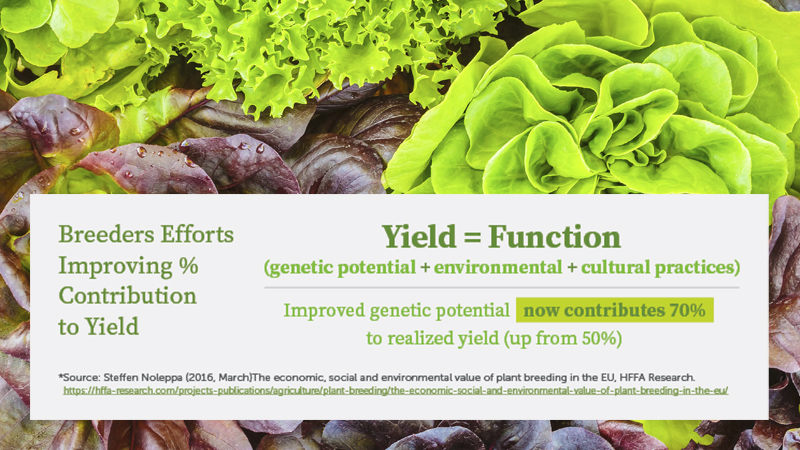Berry Growers See the Upside of a Pandemic
By more than a 2-to-1 margin, berry growers across the U.S. believe their industry’s recent growth spurt will continue throughout the new year. Ironically, much of that optimism stems from a pandemic.
COVID-19 has boosted consumer awareness of the health benefits of fruit. In turn, interest in blueberries, blackberries, raspberries, and strawberries increased throughout 2020, according to berry growers who responded to American Fruit Grower® and Western Fruit Grower® magazines’ 2021 State of the Industry survey.
“With the focus more on health, there is more interest in health-promoting berries,” a Montana strawberry and raspberry grower says.
“More people are interested in what they eat,” a Georgia berry grower concurs.
The pandemic’s ensuing lockdowns and travel limitations have also benefitted berry growers. The word “local” is mentioned repeatedly by survey respondents.
“There is still a strong interest in locally grown fruit,” an Illinois berry grower says.
“In our area, the growth is in local markets,” a Missouri berry grower adds.
A California strawberry grower “took advantage” of COVID-19 to pivot to more direct-to-consumer sales. “That category had been shrinking the last five years but came back strongly this year,” the grower says.
Of course, the pandemic did force adjustments. “I bought a smartphone for the first time ever and took credit cards for the first time ever at the farmers’ market I went to,” an Idaho raspberry grower says. “That boosted sales.”
With many entertainment attractions shuttered for the summer, pick-your-own (PYO) farms thrived because of the experience alone.
“We are a U-Pick and were constantly picked out,” a Tennessee blueberry and blackberry grower says.
“People enjoy picking at a farm,” an Ohio blueberry grower concludes.
ADVERSITY BEYOND COVID-19
A Georgia blueberry grower echoes the sentiment of less optimistic respondents when he says international imports are “killing the industry.”
“There’s too much volume internationally,” a Washington state blueberry grower says.
A South Carolina blueberry and blackberry grower says he is opposed to globalization. A Florida blueberry grower sums up his thoughts in one word: “Mexico.”
“Mexico has grown too much,” a California berry grower adds.
“It’s tough to compete with rock-bottom prices from other regions/countries,” a Michigan raspberry and blackberry
grower says.
YEAR IN REVIEW
Although most berry growers are looking forward to 2021, many suffered last year. When asked to compare revenue with 2019, the most popular answer among survey respondents (28%) was the worst of seven scenarios — “down more than 10%” (see graphic). What happened?
In most cases, freezing temperatures were the culprit. An Idaho fruit grower singles out an April 17 frost. A counterpart in Michigan cites a May 9 freeze.
“Due to frost, we lost most of our income,” a Utah raspberry and blackberry grower says.
“We were down 60% due to freezes,” a Pennsylvania blueberry grower says.
While COVID-19 lockdowns did push many consumers to local farms, the most severe of restrictions in some states hindered growers.
“Crop loss and COVID restrictions in our area affected U-pick,” a Kentucky berry grower says.
A California berry grower also cites closed markets as well as weather events. For him, the best part of 2020 was “just remaining in business.”
For one Iowa berry grower, there was no escaping the nation’s biggest weather event in 2020 — the Aug. 10-11 derecho that decimated much of the state’s cropland with sustained wind speeds of 70 mph. “We trimmed our labor and advertising” to improve profits, he says.
DIFFERENT STORY
For the 19% of grower-respondents whose revenue rose by more than 10% year-over-year, several cite the comparison to dismal 2019 campaigns.
“We had a total loss of stone fruits in 2019, so 50% of a crop this year was an ‘improvement,’” a Michigan grower says.
“I’m surprised that, with COVID around, our sales would be stronger,” a North Carolina grower says.
Other reasons for improved profits revolve around more spraying and less mummy berry (Massachusetts), adding plantings (Florida), moving strawberry production to high tunnels (Ohio), and incentivizing sauce apples and PYO (Pennsylvania).











